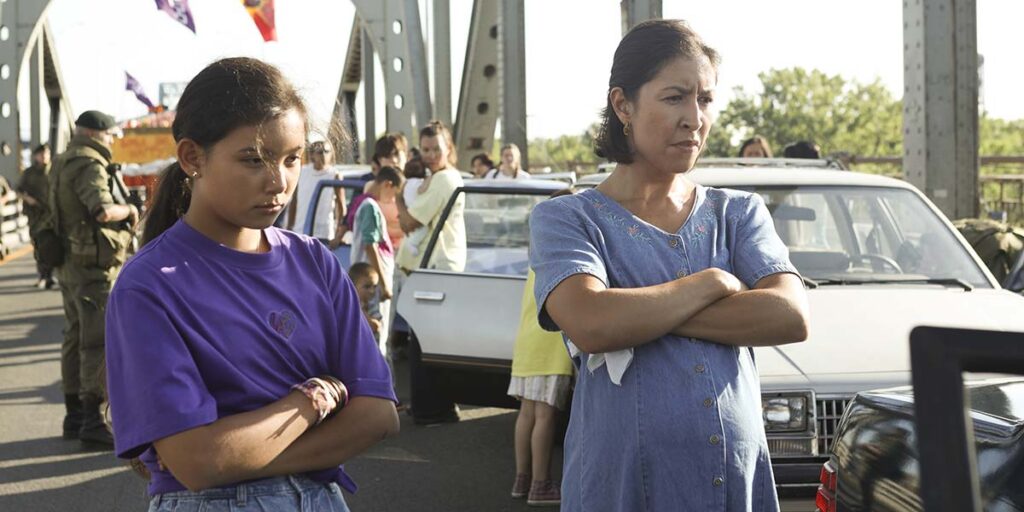Telefilm Canada, Canada’s top film financier, has reached gender parity among the projects it funds. But the org still has some work to do. According to The Hollywood Reporter, there is still a pronounced racial gap in the projects Telefilm Canada finances and the Canadian film industry overall.
Telefilm Canada secured gender equality by supporting the likes of Tracey Deer’s Oka Crisis coming-of-age drama “Beans” and Natalie Krinsky’s rom-com “The Broken Hearts Gallery.” Seventy percent of the financier’s projects during the fiscal 2020-2021 year saw at least one woman in a key creative role, and 54 percent featured two or more women.
However, only nine percent of the projects Telefilm Canada backed were directed by self-identifying Indigenous women. Self-identifying Indigenous screenwriters penned nine percent of the projects, and self-identifying Indigenous women represented only five percent of the producers.
“While Canadians have access to a slew of Hollywood movies and U.S. TV shows from Black creators like ‘Scandal,’ ‘Empire,’ ‘Dear White People,’ and ‘Black-ish’ at the local multiplex and on American-based streaming services, local TV dramas and movies written by and starring Black Canadians remain rare,” THR details. “The latest industry data reveals a persistent trend: the Canadian industry has made gains in gender equality, but not for Black or Indigenous women, and has made little progress so far lifting homegrown film and TV projects beyond box-ticking.”
The encouraging news is that Telefilm Canada recognizes there is a problem and has vowed to address it.
“There is still a great deal of work to be done to further support and elevate female and non-binary filmmakers from Indigenous, Black, and racialized backgrounds,” stressed Christa Dickenson, executive director and CEO of Telefilm Canada.
“There are still too few films directed by Indigenous and culturally diverse women,” Telefilm Canada stated. “We must pursue our efforts to ensure that mindsets are permanently changed, and that the rich spectrum of creativity that exists in our society is represented on our screens. Because parity is not just a matter of gender, it’s a question of fair representation.”






